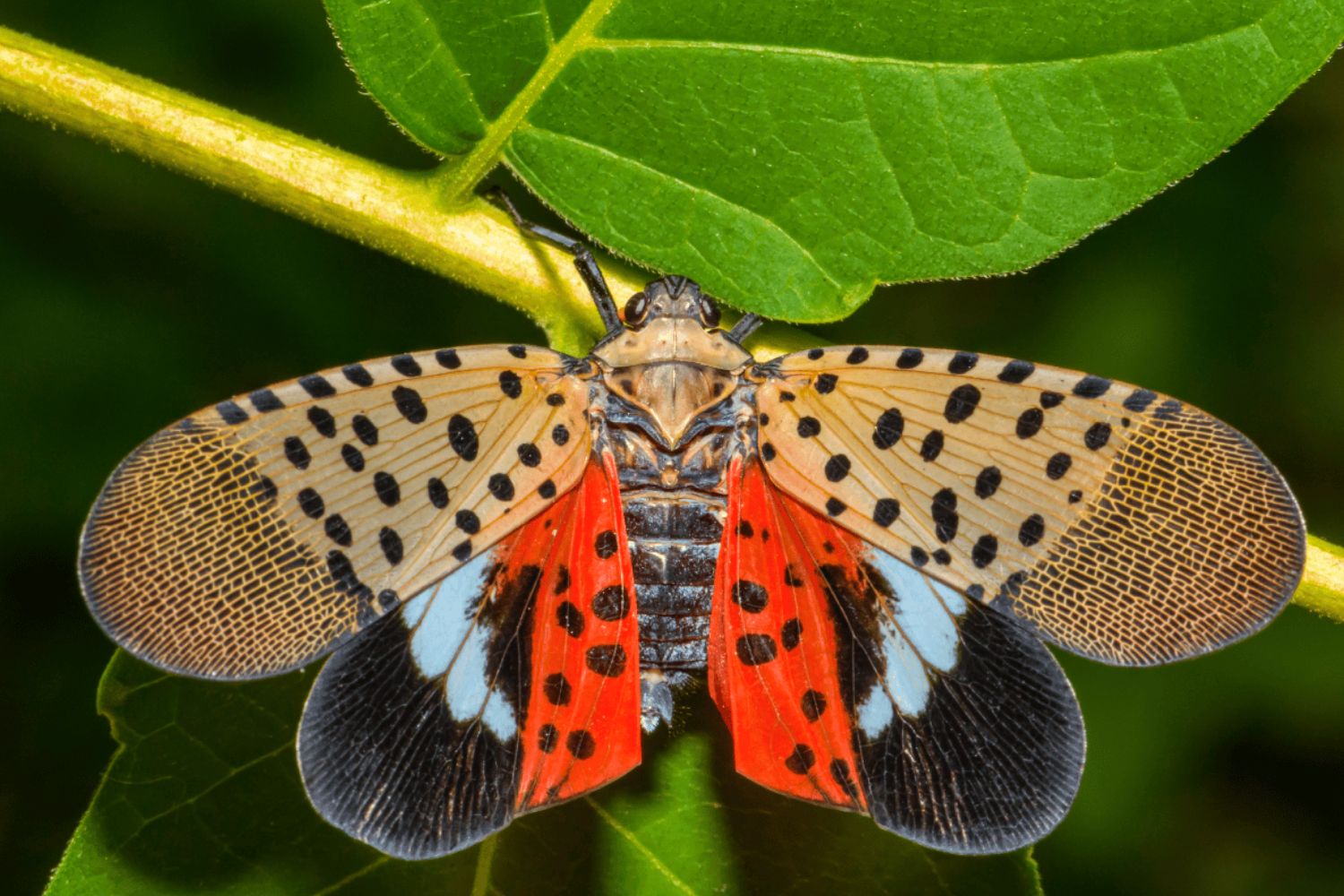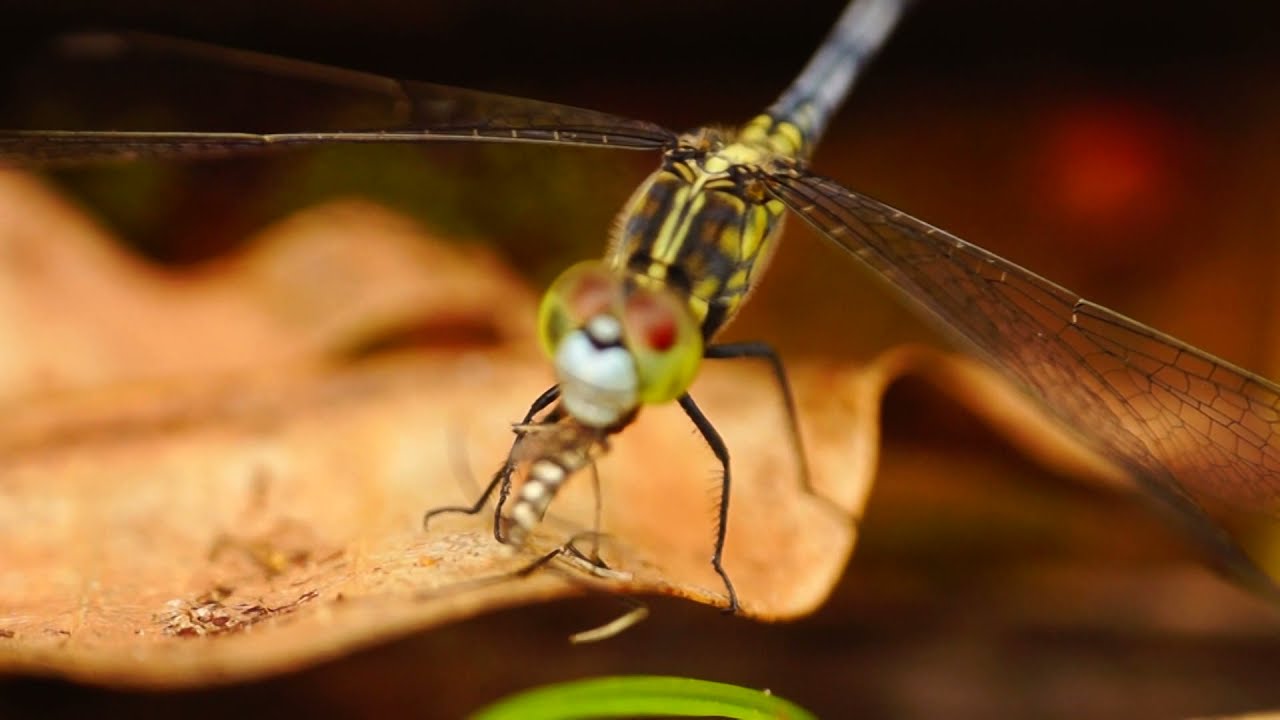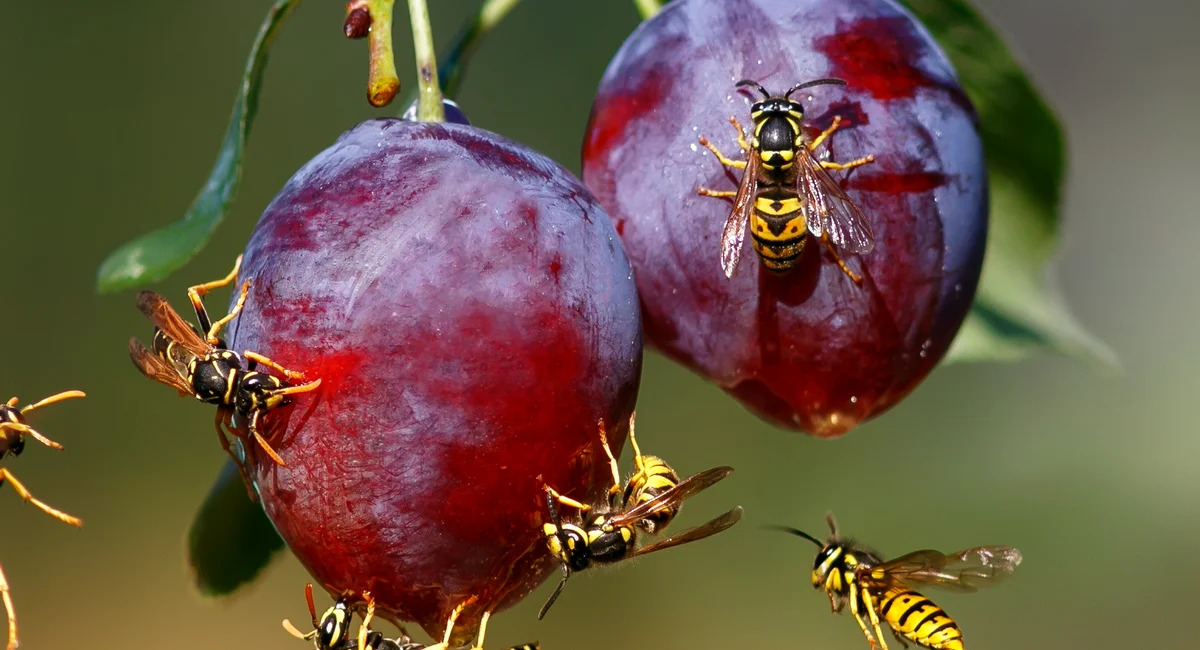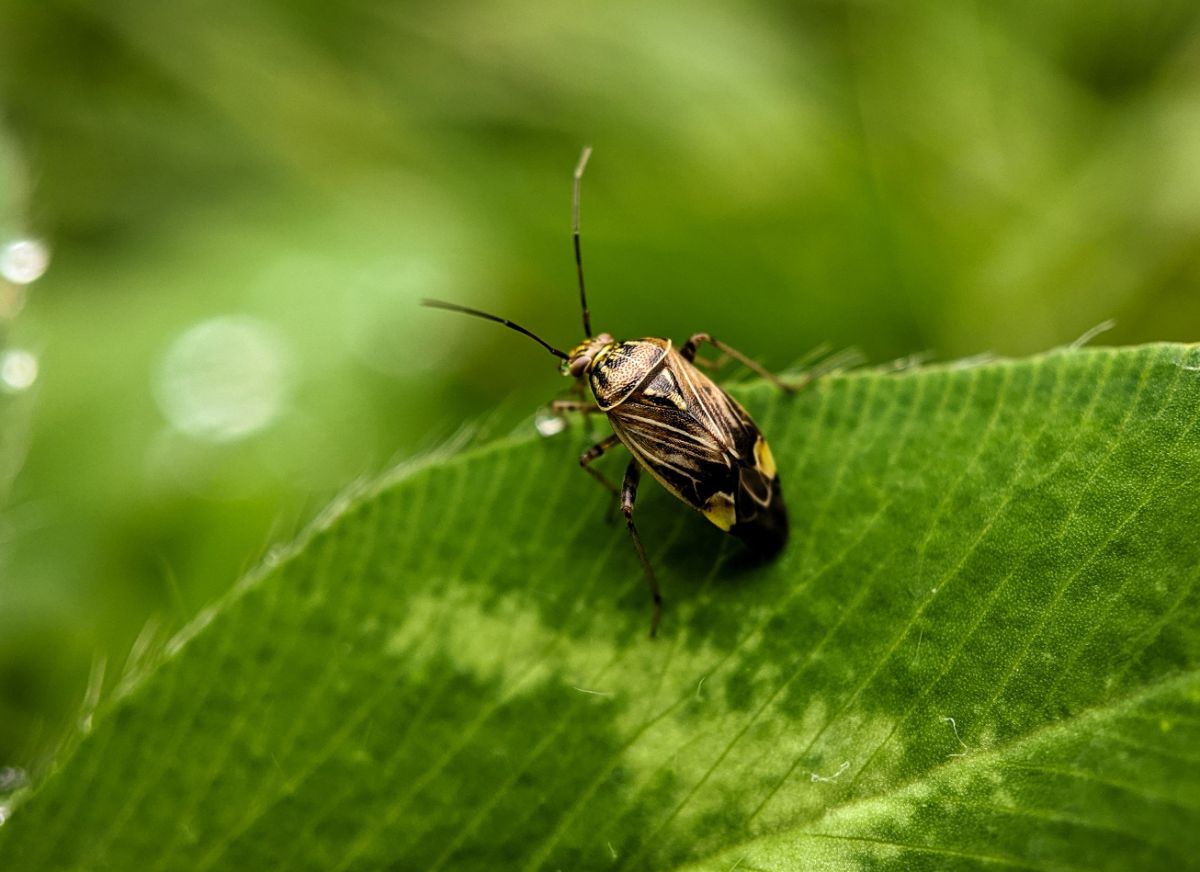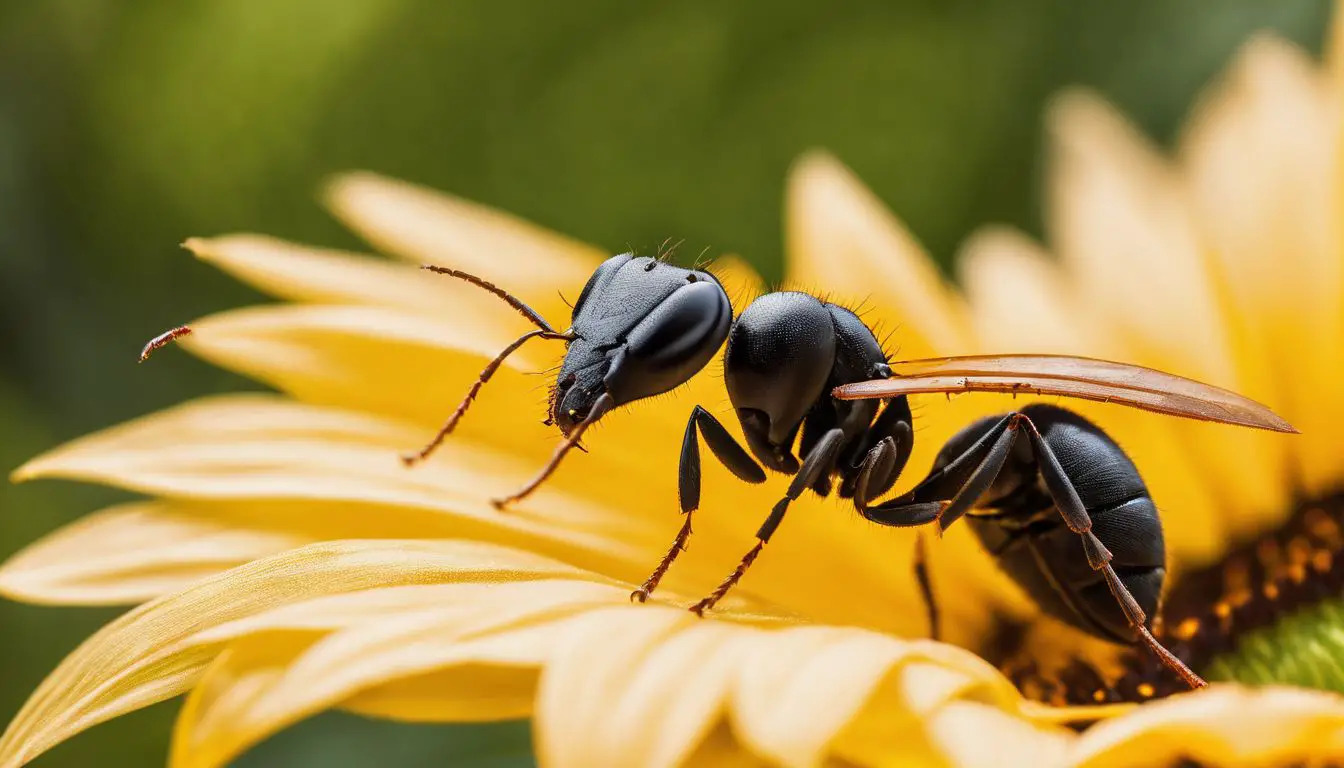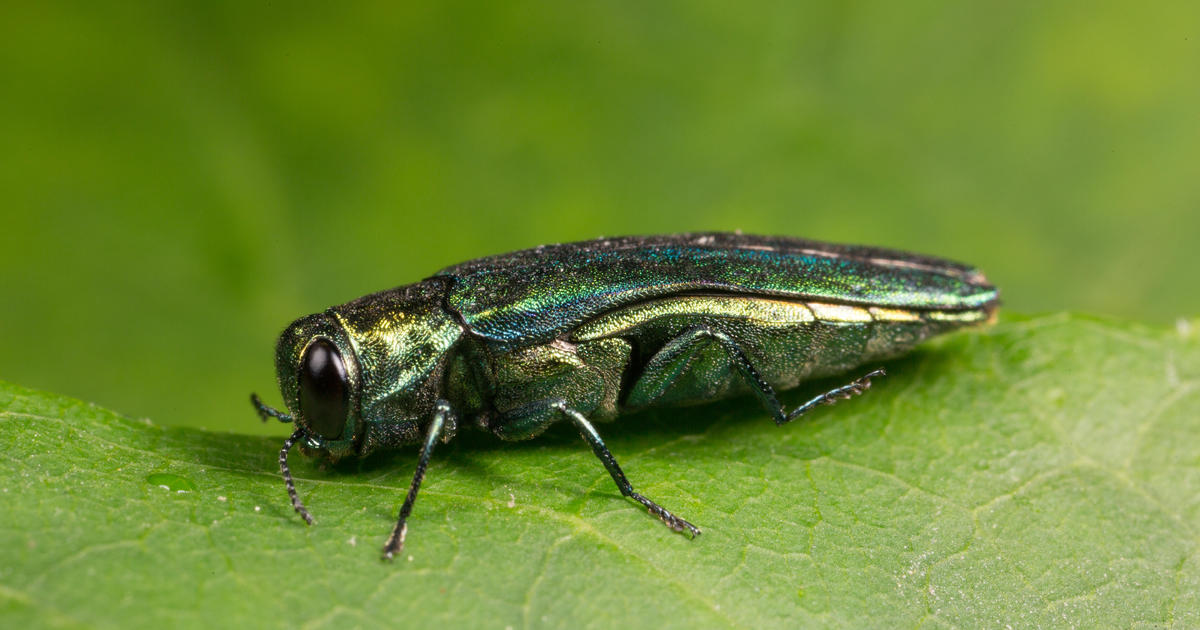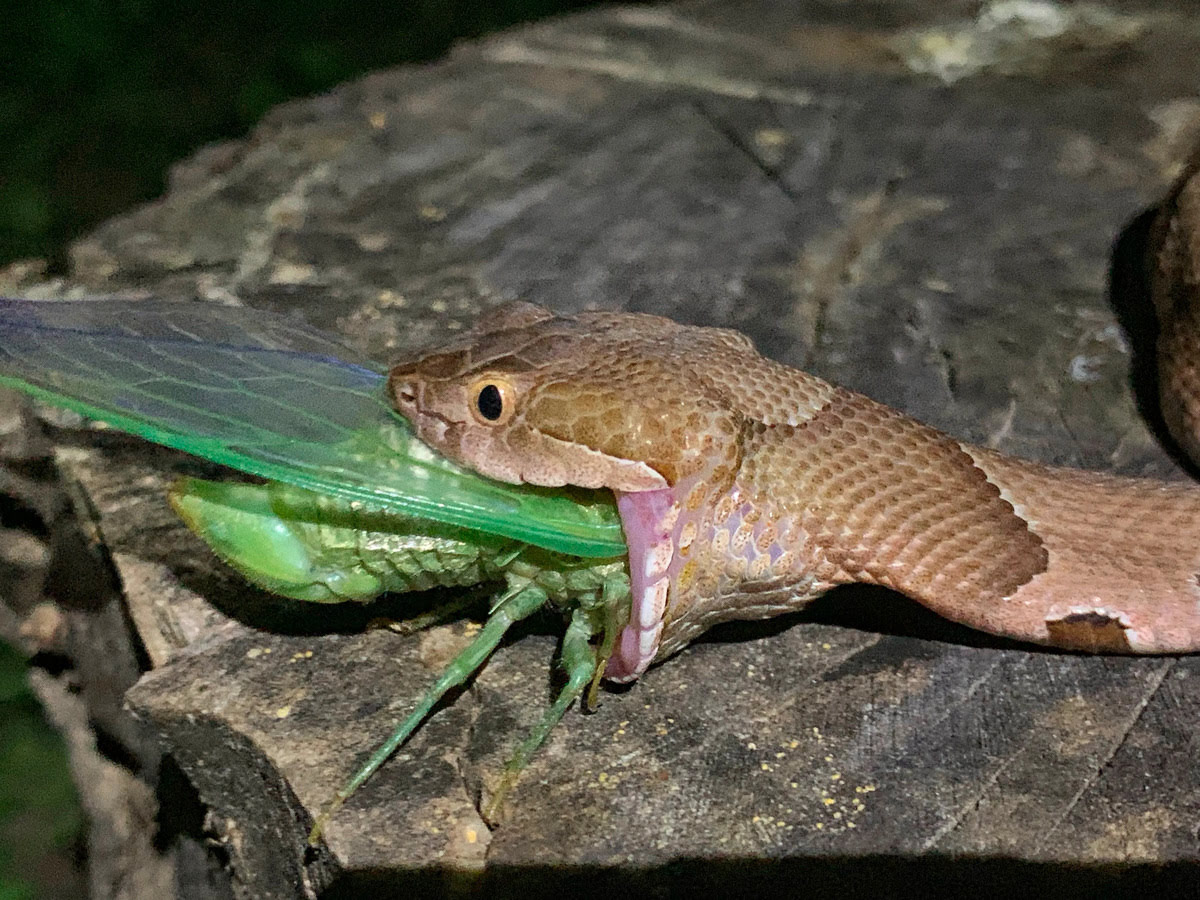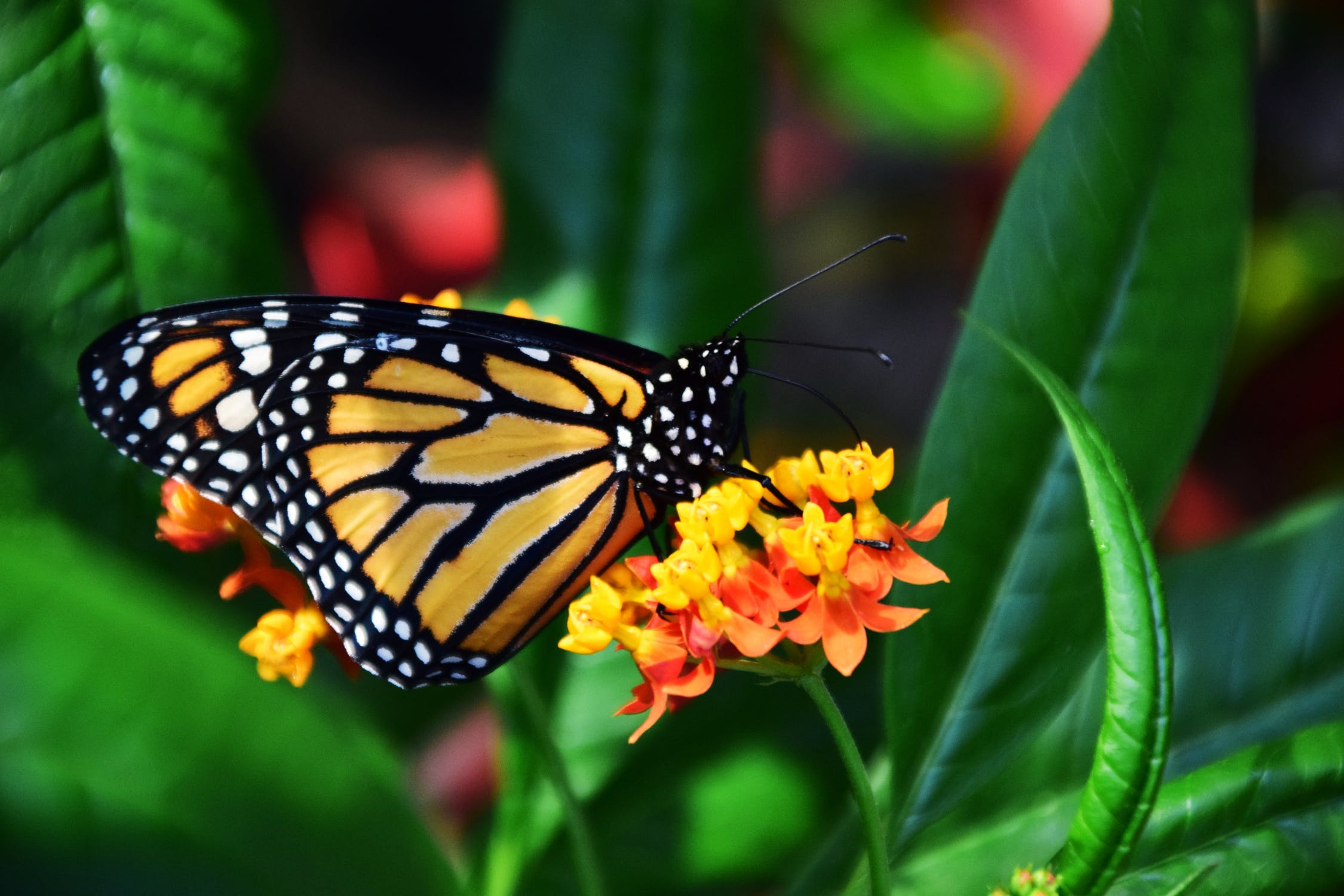Home>Gardening News and Trends>Latest News>What Insects Eat Grasshoppers


Latest News
What Insects Eat Grasshoppers
Published: December 11, 2023
Discover the latest news on what insects eat grasshoppers. Stay informed about the fascinating world of insect predators and their prey.
(Many of the links in this article redirect to a specific reviewed product. Your purchase of these products through affiliate links helps to generate commission for Chicagolandgardening.com, at no extra cost. Learn more)
Table of Contents
Introduction
Grasshoppers are fascinating creatures that play an important role in our ecosystem. They are known for their distinctive ability to jump and their remarkable ability to survive in various habitats. While we often admire their acrobatic skills and vibrant colors, it is equally intriguing to explore the intricacies of their diet and the various predators that target them.
Understanding the diet of grasshoppers is crucial, as it provides valuable insights into their ecological role and interactions with other organisms. Grasshoppers are primarily herbivorous insects, meaning that their diet consists mainly of plant matter. However, they are not limited to just one type of plant and have a wide range of options to choose from. Their feeding habits can vary depending on the species and the availability of food sources.
Grasshoppers derive their nourishment from consuming various parts of plants, including leaves, stems, flowers, and even seeds. They have strong, mandibulate mouthparts that enable them to chew and consume plant material. Some species may prefer grasses, while others may be more inclined towards broadleaf plants. Their dietary preferences can influence the vegetation composition and structure of ecosystems.
Apart from being herbivores, grasshoppers also serve as a vital source of food for a wide array of predators. These predators range from other insects to birds and even mammals. The ecological interactions between grasshoppers and their predators form an intricate web of relationships that contribute to the balance and dynamics of our ecosystems.
In this article, we will delve into the world of grasshoppers’ diet and explore the various predators that target them. From insects to birds and mammals, we will discover the diverse range of creatures that rely on grasshoppers as a source of sustenance. So, join us on this journey as we unravel the fascinating dynamics of what insects eat grasshoppers.
Grasshopper Diet
Grasshoppers are primarily herbivorous insects, meaning that their diet consists mainly of plant matter. They play a crucial role in plant consumption and have the potential to significantly impact the plant community in their habitat. Grasshoppers are known for their voracious appetite and can consume large quantities of vegetation daily.
When it comes to their diet, grasshoppers are not picky eaters. They feed on a wide variety of plants, including grasses, broadleaf plants, and even agricultural crops. Some grasshopper species have specific preferences for certain plants, while others are more opportunistic and will consume whatever is available.
Grasshoppers primarily consume the leaves, stems, flowers, and seeds of plants. They use their strong mandibles to chew and grind the plant matter, extracting nutrients for energy and growth. In some cases, grasshoppers may also resort to eating other grasshoppers, especially during periods of food scarcity or overcrowding.
Their feeding habits can vary depending on several factors, including the species of grasshopper and the availability of food sources. Some grasshoppers may prefer to feed on young, tender plant shoots, while others may target mature leaves or seeds. Additionally, environmental conditions such as temperature and moisture levels can also influence their feeding behavior.
The impact of grasshoppers on their plant hosts can be significant. In large numbers, they can defoliate plants, stunt their growth, and reduce crop yields. This can have economic implications for agricultural industries, as well as ecological consequences for the surrounding ecosystem. On the other hand, grasshoppers also contribute to nutrient cycling by breaking down plant material and returning nutrients back into the soil.
In summary, grasshoppers have an extensive diet that includes various types of plants. Their herbivorous feeding habits can have both positive and negative impacts on plant communities, depending on the population size and ecological factors. Understanding their diet is essential for managing their populations and preserving the delicate balance of ecosystems they inhabit.
Predators of Grasshoppers
Grasshoppers may be small, but they are not immune to predation. A variety of creatures rely on grasshoppers as a source of food, shaping the intricate predator-prey dynamics in their ecosystems. From insects to birds and mammals, these predators play a crucial role in controlling grasshopper populations and maintaining the balance of their habitats.
In the world of insects, grasshopper eggs are often targeted by parasitic wasps. These wasps lay their eggs inside grasshopper egg pods, and the wasp larvae eventually feed on the developing grasshopper eggs. Some insects, such as mantises and robber flies, also prey on adult grasshoppers. These predatory insects are equipped with sharp mouthparts and strong legs to capture and consume grasshoppers.
Birds are another prominent predator of grasshoppers. Many bird species, including sparrows, meadowlarks, and swallows, feed on these insects. They have keen eyesight and agile flight to seek out and catch grasshoppers on the ground or in the air. Birds play a vital role in naturally controlling grasshopper populations, especially in grassland and agricultural areas.
Additionally, several mammalian predators take advantage of grasshoppers as a food source. Small mammals like shrews and mice may feed on grasshopper nymphs and eggs, while larger predators like foxes and coyotes consume adult grasshoppers when available. Bats, known for their insectivorous diet, may also include grasshoppers in their menu during their nightly foraging flights.
The presence of predators helps regulate grasshopper populations and prevent outbreaks that could negatively impact vegetation. Predation acts as a natural check and balance mechanism, ensuring that grasshopper numbers do not reach levels that would lead to significant ecological or agricultural damage.
In summary, grasshoppers are preyed upon by a diverse array of predators, including insects, birds, and mammals. These predators play a vital role in maintaining the ecological balance of their habitats. Understanding the predator-prey dynamics involving grasshoppers is essential for managing grasshopper populations and preserving the overall health of ecosystems.
Insects that Eat Grasshoppers
When it comes to the natural world, every creature has its place in the intricate web of life. In the case of grasshoppers, there are several insects that consider them a tasty meal. These predators have adapted various strategies to capture and consume grasshoppers, highlighting the diverse nature of the insect kingdom.
One group of insects that preys on grasshoppers is the assassin bugs. These stealthy predators have long piercing mouthparts that they use to inject enzymes into their prey, liquefying their insides and making it easier to consume. They ambush grasshoppers, waiting patiently for the right moment to strike and immobilize them with their venomous bite.
Another grasshopper predator is the robber fly. These large, agile flies have voracious appetites and are known for their impressive predatory skills. They have strong legs and formidable mouthparts, allowing them to catch and immobilize grasshoppers mid-air. Once captured, the robber fly injects enzymes into the grasshopper’s body and sucks out its liquefied contents.
Some species of beetles, such as ground beetles and tiger beetles, are also known to feed on grasshoppers. These beetles are fast runners and skilled hunters, capable of chasing down grasshoppers and seizing them with their strong mandibles. They may also utilize camouflage and stealth to approach their unsuspecting prey before launching a surprise attack.
It is not just insects with specialized predatory adaptations that target grasshoppers. Ants, for example, may also prey on grasshopper eggs and small nymphs. They overwhelm and restrain their prey using their numbers and strong jaws. While ants may not be able to consume adult grasshoppers, they can significantly impact grasshopper populations by targeting their vulnerable life stages.
These are just a few examples of the many insects that eat grasshoppers. The presence of these predators helps to control grasshopper populations and maintain the balance of ecosystems. Without these natural checks and balances, grasshoppers could proliferate rapidly and cause widespread damage to vegetation.
In summary, there are various insects that actively prey on grasshoppers. Each predator has its own unique adaptations and strategies for capturing and consuming these insects. From assassin bugs and robber flies to beetles and ants, these predators play a crucial role in regulating grasshopper populations and maintaining the health of their respective ecosystems.
Birds that Prey on Grasshoppers
When it comes to hunting for food, birds are known for their keen eyesight, agility, and diverse feeding behaviors. Many bird species include grasshoppers in their diet, seizing the opportunity to capture these protein-rich insects on the ground or in the air. The presence of grasshopper prey plays a vital role in the natural diet of a variety of bird species.
One group of birds that preys on grasshoppers is the passerines, or perching birds. These include species such as sparrows, meadowlarks, and finches, which often forage on the ground for insects. They have sharp beaks and agile flight, allowing them to capture grasshoppers with precision. These birds may snatch grasshoppers from vegetation or hunt them on the ground, providing a valuable food source for themselves and their offspring.
The aerial acrobats, swallows and swifts, are also skilled hunters of grasshoppers. With their sleek bodies and strong wings, these birds are built for fast and agile flight. They are known for catching insects on the wing, including grasshoppers. Swallows and swifts skim low over fields, snatching grasshoppers in mid-air with their wide beaks. This impressive feeding technique helps to control grasshopper populations while providing a nutritious meal for these avian predators.
Birds of prey, such as hawks and falcons, also target grasshoppers as part of their varied diet. Their sharp talons and powerful beaks enable them to catch and dispatch their prey with precision. They often perch on trees or soar high in the sky, scanning the ground below for grasshoppers. When an opportunity arises, hawks and falcons swoop down to snatch their prey, making quick work of capturing and consuming grasshoppers.
Waterbirds, such as herons and egrets, are also known to consume grasshoppers. These wading birds have long legs, sharp beaks, and excellent visual acuity, making them effective hunters. They stalk through shallow waters or wetland vegetation, searching for insects including grasshoppers. Once detected, they strike swiftly, impaling their prey with their beaks before swallowing them whole.
The presence of birds that prey on grasshoppers plays a crucial role in regulating grasshopper populations. By consuming these insects, birds help to control their numbers and prevent their overpopulation, which could have detrimental effects on the surrounding vegetation. In turn, the birds benefit from the abundant food source provided by the grasshoppers.
In summary, a diverse range of bird species includes grasshoppers in their diet. From passerines and swallows to birds of prey and waterbirds, these avian predators rely on grasshoppers as a valuable food source. Their hunting prowess helps to control grasshopper populations, ensuring the balance of ecosystems and providing nourishment for themselves and their young.
Mammals that Feed on Grasshoppers
While insects and birds dominate the list of grasshopper predators, several mammalian species also take advantage of these hopping insects as a food source. From small mammals to larger predators, these mammals capitalize on the abundance of grasshoppers in their environment.
One group of mammals known to feed on grasshoppers is rodents. Mice and voles, for example, will readily consume grasshoppers when they encounter them. These small mammals are quick and agile, allowing them to catch and eat grasshoppers that cross their path. Grasshoppers may be an occasional addition to their largely herbivorous diet, providing a valuable source of protein.
Shrews, despite their diminutive size, are also keen hunters of grasshoppers. These insectivorous mammals have high metabolic rates and need to consume a large quantity of prey to fuel their energy requirements. Grasshoppers often fall victim to the predatory shrew’s sharp teeth and lightning-fast strikes, serving as a nutritious meal for these tiny mammals.
Larger mammalian predators also capitalize on the abundance of grasshoppers. Foxes and coyotes, for example, are opportunistic feeders and will consume grasshoppers when they come across them. These carnivores have keen senses and are skilled hunters, allowing them to catch and devour grasshoppers when other prey may be scarce.
Bats, although primarily insectivorous, may also include grasshoppers in their menu. Bats have the advantage of flight and are capable of capturing insects on the wing with precision. In their nocturnal foraging flights, bats may encounter grasshoppers and snatch them out of the air, providing a valuable protein source for these flying mammals.
The ability of mammals to consume grasshoppers highlights the versatility and adaptability of these creatures. Grasshoppers provide a readily available and protein-rich food source, particularly in areas with high grasshopper populations. By incorporating grasshoppers into their diet, mammals help to control grasshopper populations and prevent their potential overabundance.
In summary, several mammalian species, including rodents, shrews, foxes, coyotes, and bats, take advantage of the abundance of grasshoppers as a food source. These mammals showcase their adaptability by including grasshoppers in their diet, contributing to the delicate balance of ecosystems and utilizing the available resources in their environment.
Conclusion
Grasshoppers, with their herbivorous diet and impressive jumping abilities, are fascinating creatures that occupy a significant place in our ecosystems. Their diet primarily consists of plant matter, with various grasses, broadleaf plants, and agricultural crops serving as their food sources. Grasshoppers play a vital role in herbivory, shaping vegetation composition and nutrient cycling.
Despite being herbivores, grasshoppers are not exempt from predation. They serve as a valuable food source for a diverse array of predators, including insects, birds, and mammals. Insects such as assassin bugs, robber flies, and beetles have specialized predatory adaptations to capture and consume grasshoppers. Birds like passerines, swallows, and birds of prey target grasshoppers as part of their natural diet, maintaining the balance of grasshopper populations. Mammals, including rodents, shrews, foxes, coyotes, and bats, also take advantage of these hopping insects, contributing to the regulation of grasshopper numbers.
The presence of these predators helps prevent grasshopper outbreaks, which could have detrimental effects on vegetation and agricultural crops. By controlling grasshopper populations, these predators contribute to the overall health and balance of the ecosystems they inhabit.
Understanding the dynamics of grasshopper diet and predator-prey relationships enhances our knowledge of the intricate web of life. It highlights the interdependence of organisms in ecosystems and the importance of maintaining biodiversity.
As we continue to study and appreciate the role of grasshoppers and their predators, we gain a deeper understanding of the complexity and resilience of nature. These tiny insects and the diverse array of creatures that rely on them remind us of the interconnectedness and fragility of our natural world.
